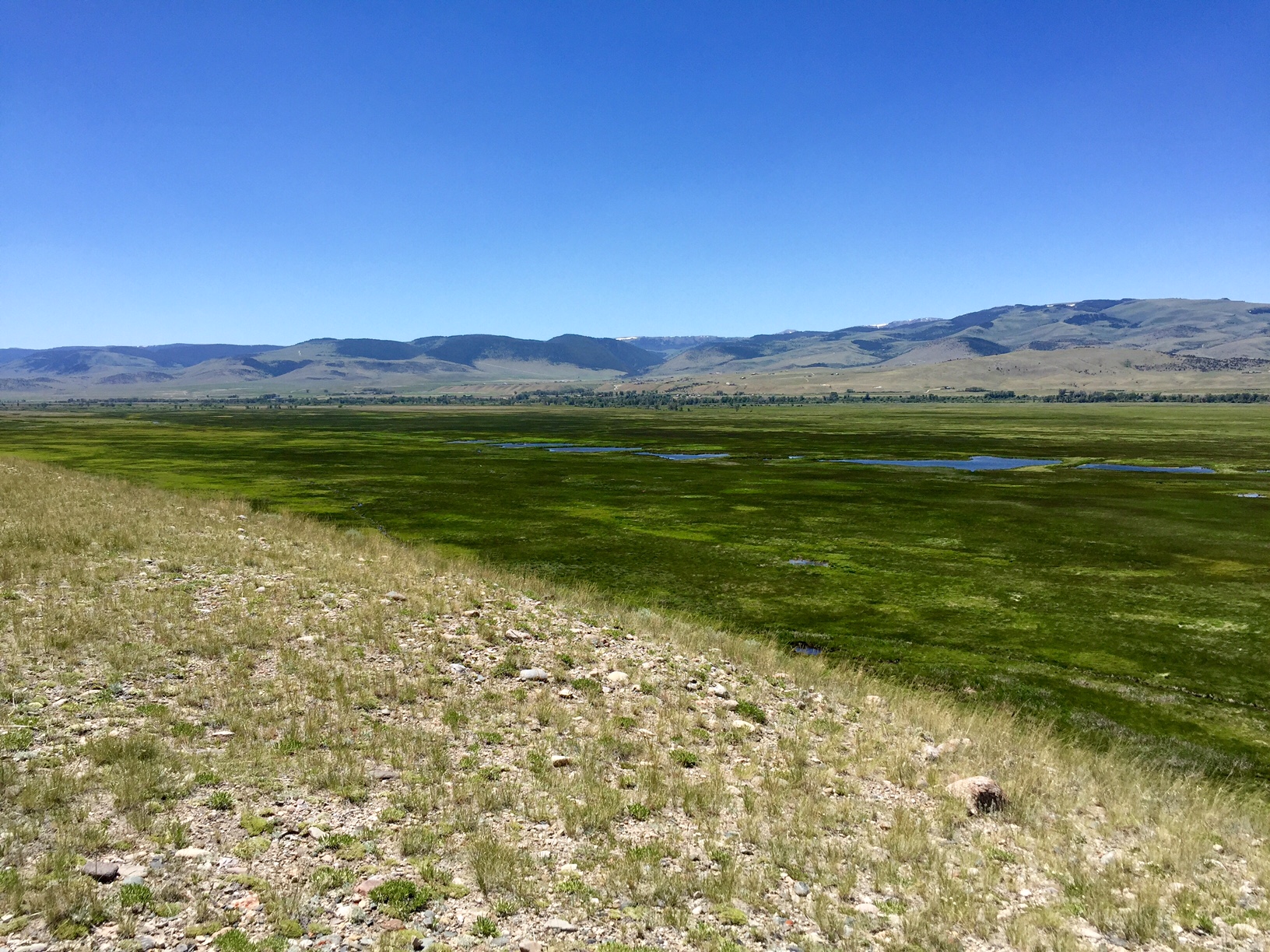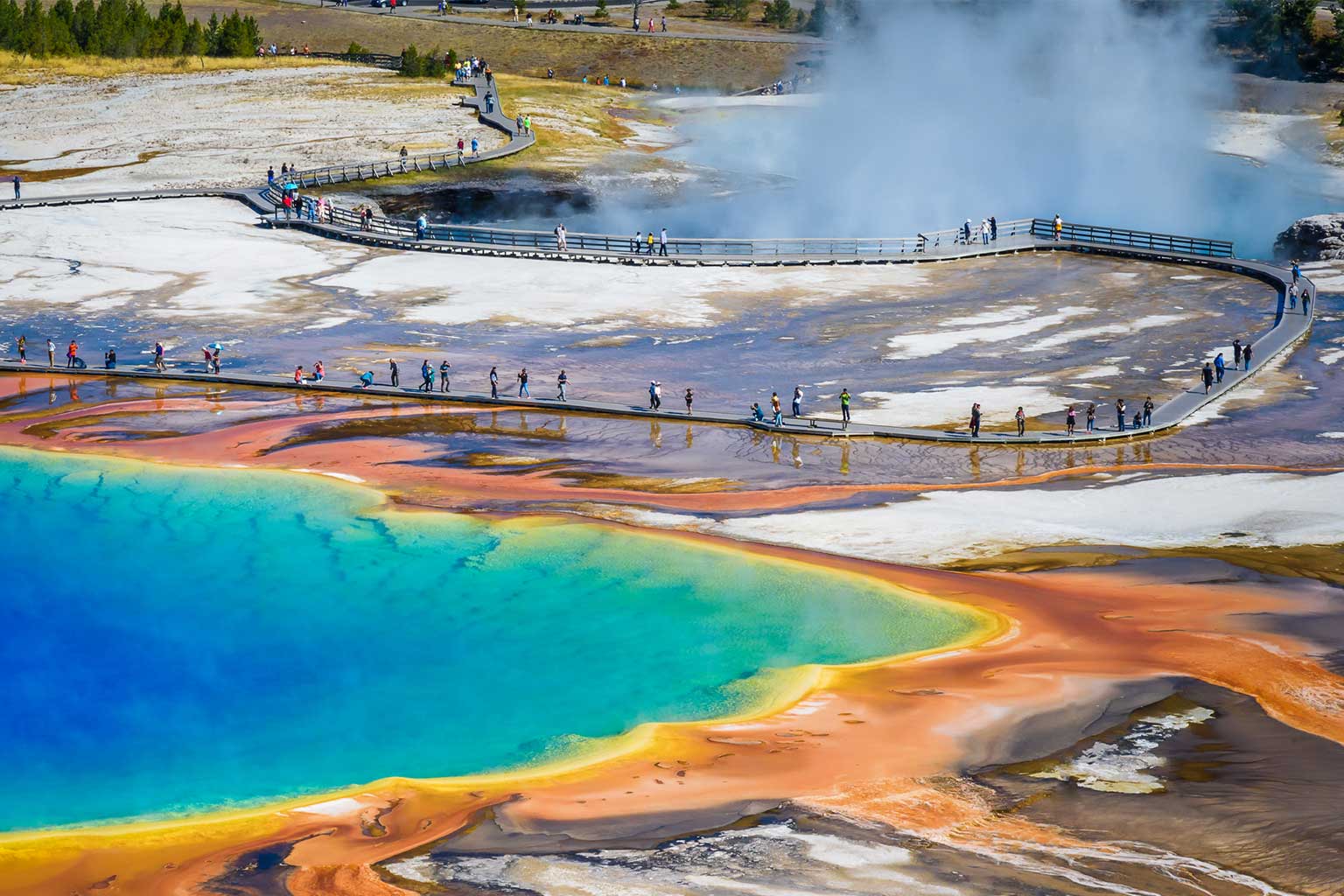Conservation easements are an increasingly important tool for protecting the environment. Roughly 24 million acres in the United States are subject to a conservation easement, a property right in which a property owner trades a restriction on her future use of her property in exchange for compensation or tax benefits. Because a conservation easement gives someone else a say in how you use your property, signing one is and should be a significant step for a property owner.
The federal government has played a significant role in encouraging the creation of conservation easements, offering a tax deduction for property owners who donate them. Like all tax deductions, this one has distortionary effects—some of them intended (more conservation easements); some of them not (excess deductions or conservation of marginal properties).
In a standard arms-length transaction, you expect the parties’ self-interest to ensure that the price negotiated is fair. If a conservation group has to spend its own money on a conservation easement, it’s not going to pay an exorbitant amount for an easement of negligible value. But when a nonprofit and a property owner negotiate how to spend taxpayers’ money on a conservation easement, there’s less incentive to set a fair price.
Thus, valuing the tax deduction for a conservation easement is potentially tricky (just as it is for many other in-kind charitable deductions). One way the federal government tries to protect against the abuse of this deduction is a requirement that the easement’s conservation purpose is “protected in perpetuity.” This would prevent a sham dedication, like a “permanent” easement that the property owner reserves the right to void at any time, for any reason, for a nominal payment to easement holder.
Unfortunately, Congress never defined “protected in perpetuity,” leaving taxpayers, tax collectors, and courts to try to draw workable lines. For instance, does perpetuity require that a conservation easement’s particular restrictions be set in stone? Or can those restrictions be adjusted by the nonprofit and the property owner later, when changed circumstance make an adjustment better for the property owner and the environment?
The Fifth Circuit recently confronted these questions in BC Ranch II, L.P. v. Commissioner of Internal Revenue. That case concerned a nearly 4,000 acre ranch in Bosque County, Texas, on which developers wanted to construct homes and environmentalists wanted to conserve habitat for an endangered bird. The developer agreed to a conservation easement with a land trust while reserving the right to construct twenty-four homesites.
However, the developer and land trust were unsure of the best places to put those homes. So the conservation easement proposed sites but gave the developer a right to move them with the consent of the land trust (to ensure than any adjustments wouldn’t be at the expense of conservation).
The easements specific a few “reserved rights” that [the land trust] and the BCR Partnerships agreed “could be conducted . . . without having an adverse effect on the protected Conservation Purposes.” . . . With [the land trust’s] consent, the property covered by the easements could be amended, but only to the limited extent needed to modify the boundaries of the five-acre homesite parcels[.] . . . For such a modification to occur, [the land trust], the BCR Partnerships, and the owner of the homesite parcel in question would have to be in agreement. Modification would be permitted only if: “[t]he boundary line modification does not, in [the land trust’s] reasonable judgment, directly or indirectly result in any material adverse effect on any of the Conservation Purposes[.]”
For the majority of the court, the need for the land trust’s consent satisfied the perpetuity requirement. The land trust’s rights created by the conservation easement are permanent and enforceable, thus the easement is perpetual.
We are satisfied that any potential future tweaking of the boundaries of one or a few homesite locations cannot conceivably detract from the conservation purposes for which these easements were granted, especially in light of the requirement for NALT’s prior approval of any such change.
With an economy and environments that are constantly changing, flexible conservation easements make far more sense that static ones. A restriction that is best for conservation in 2017 may not be best for conservation in 2117. Therefore, property owners and easement holders should be free to strike mutually beneficial compromises to adjust an easement’s restrictions.
Suppose, for instance, a conservation easement limits farming to a portion of a large tract of land but, over time, farming methods became less intense and the land trust learns that some low intensity agriculture on more of the land would benefit a rare species. Should the federal government discourage conservation easements that would allow restrictions to be updated in such circumstances? Conservation groups make these tradeoffs all the time when they own land outright. They should also be able to do so when they own conservation easements.
Dissenting from the majority’s decision in the Fifth Circuit case, Judge Jacobs argued that conservation easements are not perpetual unless their restrictions are set-in-stone, for both the land owner and the conservation group.
What is important is that the modification provision would allow such a change. Congress did not intend for possibly enormous tax deductions to be based on the likelihood of continued agreement between the donor-taxpayer and the non-profit done as to the land designated as subject to the conservation easement; rather, it specifically and unequivocally required that a qualified conservation easement be perpetual.
The statute only requires that the easement exist in perpetuity, not that every restriction contained within it do so. Judge Jacob’s interpretation could ultimately harm the environment by binding conservation groups and landowners to outdated restrictions that experience have failed to fully achieve the easement’s conservation purposes. Congress spends a ton of taxpayer money on this tax deduction, surely it doesn’t want that money wasted in circumstances where everyone agrees a restriction should be updated.
This post originally appeared on FREEcology. All opinions are Wood’s own and do not necessarily represent the views of the Pacific Legal Foundation.




